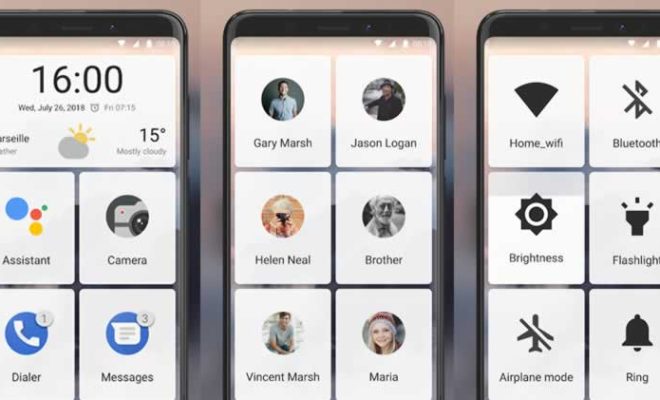How to Make Android Devices Friendly for Seniors

As smartphones and tablets have become ubiquitous, a growing proportion of older adults are embracing these new technologies. According to a 2019 survey, 42% of people aged 65 and above now own a smartphone, up from just 18% in 2013. However, many seniors find smartphones and tablets difficult to use due to small screens, confusing menus, and complex interfaces. Here are some tips on how to make Android devices more user-friendly for seniors.
1. Enlarge text and icons
The first thing to do is to increase the size of the text and icons on the device. This can be done by going to Settings, then Display, and choosing Font size and Display size. There are also third-party apps that can help with this, such as Big Launcher and EasyHome, which will replace the phone’s default launcher and create a simplified interface with larger icons and fewer options.
2. Use voice commands
Voice commands are a great way to make using a smartphone more accessible for seniors who may struggle with typing or swiping. Google Assistant is built into most Android devices, and can be activated by saying “Hey Google” or pressing and holding the home button. Users can then ask the Assistant to make phone calls, send texts, set reminders, and perform other tasks.
3. Simplify the home screen
The home screen is the first thing that users see when they turn on their phone, so it’s important to make it as simple as possible. Only the most essential apps should be displayed, such as the dialer, messages, and camera. Widgets can also be used to display information like the time and weather without the need to open an app.
4. Use accessibility features
Android devices come with a range of accessibility features that can help users with visual, auditory, or physical impairments. These include TalkBack, a screen reader that provides spoken feedback for everything that is displayed on the screen, and Magnification gestures, which allows users to zoom in on parts of the screen by triple-tapping. There are also options for adjusting the touch sensitivity of the screen and using single-tap mode instead of double-tap.
5. Provide training and support
Finally, it’s important to provide seniors with training and support to help them become more comfortable using their device. This could involve one-on-one instruction, group classes, or online tutorials. There are also many community organizations that offer technology classes for seniors, such as senior centers, libraries, and schools.
In conclusion, making Android devices more senior-friendly requires a combination of software settings, hardware modifications, and education. By following the above tips, seniors can enjoy all the benefits of a smartphone or tablet without feeling intimidated or frustrated.






